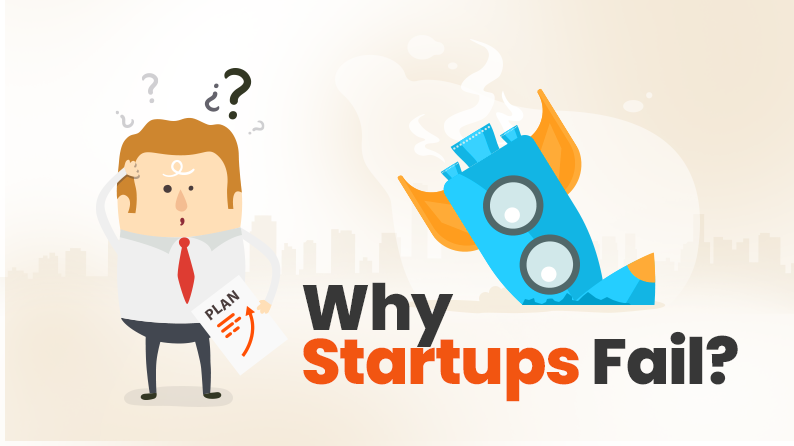Let’s talk about CAC-to-LTV — the silent killer of early-stage businesses.
No, it’s not a buzzword.
It’s the difference between growth that scales and growth that bleeds you dry.
👀 First, Let’s Get Personal
You’ve built something real.
You’ve poured your savings, your sleepless nights, and your sanity into getting your first 100 customers. Maybe you even feel a little proud watching those Stripe emails come in.
But then…
You realize the math isn’t mathing.
You’re spending $150 in Facebook ads to acquire a customer who pays you $99 once and never returns.
That’s not marketing.
That’s charity.
📉 The Cold Reality
You might feel like your business is growing because your user count is rising.
But what really matters is:
🔄 How much are you spending to get each customer?
💰 And how much are they giving you in return—over time?
Welcome to CAC-to-LTV ratio.
💡 So, What Is CAC-to-LTV?
Let’s define it simply:
- CAC = Customer Acquisition Cost → what you spend to acquire one paying customer (ads, marketing, sales).
- LTV = Customer Lifetime Value → how much revenue that customer brings you over their lifetime.
The CAC-to-LTV Ratio tells you if your business can actually afford to grow.
✅ If your LTV is 3x your CAC → you’re in a healthy zone.
❌ If your LTV is equal to or less than CAC → you’re scaling into a financial cliff.
📉 Real Example: Casper Sleep — Big Brand, Broken Ratio
Casper was once the talk of the startup world—a mattress-in-a-box brand that delivered beds straight to customers’ doors. For the U.S. market, it was a fresh, innovative experience.
By 2019, Casper had raised nearly $100 million before its IPO and was valued at $1.1 billion. Everything looked perfect—ad campaigns, influencer partnerships, brand storytelling—textbook startup playbook.
But the real issue was buried in one number: the CAC-to-LTV ratio.
In their IPO filing, it was revealed that only 16% of customers who bought a mattress from Casper ever came back to purchase again—be it pillows, sheets, or other accessories. Yet, accessory sales were supposed to be a key part of Casper’s revenue growth strategy.
So, what happened?
Customers bought a big-ticket item once… and never returned.
This meant LTV was nearly stagnant, while CAC remained high.
🚨 The Result?
When Casper finally went public, their valuation dropped to $575 million—less than half of what it was before.
This case proves a harsh truth:
Strong branding and high-value products aren’t enough.
If your CAC-to-LTV ratio is off, you might attract wealthy customers—and still go broke doing it.
📊 Why This Ratio Matters More Than Vanity Metrics
- You can’t spend your way out of a bad ratio.
- You can’t scale what’s fundamentally unsustainable.
- You can’t impress investors with “growth” that’s costing you money.
In fact, when VCs evaluate SaaS or product businesses, this is one of the first metrics they look at.
🔧 How to Improve Your CAC-to-LTV Ratio (Without Losing Sleep)
- Increase LTV
- Improve retention: onboarding, engagement emails, customer support.
- Offer upgrades, bundles, or annual plans.
- Build community to increase stickiness.
- Lower CAC
- Tighten your audience targeting.
- Focus on organic growth (content, referrals, partnerships).
- Track which channels actually convert and cut the rest.
- Get Smart with Segmentation
- Not all customers are equal. Focus on the high-LTV segments.
- Build personas around those who stay and pay.
- Align Product with Value
- Ask yourself: is my product solving a daily/weekly pain?
- One-time-use tools have different economics than habits-based apps.
🚧 What Most Startups Get Wrong
They treat CAC as an expense, not an investment.
But like any investment, if the return (LTV) doesn’t outweigh the cost (CAC) — you’re not building a business, you’re buying problems.
🧠 TL;DR (But Really, Don’t Just Skim)
- CAC-to-LTV is the health checkup your business needs.
- A great product isn’t enough if the economics don’t add up.
- 3:1 LTV:CAC is a healthy benchmark.
- Know your numbers. Make them work for you.
💬 Let’s Keep It Real — What’s Your Ratio?
If you’re reading this and thinking:
“I’m not even sure what my CAC or LTV is…”
That’s okay. Most founders don’t at first.
But the moment you learn this ratio—it changes how you build forever.
📩 I help product-led businesses and solopreneurs run the numbers, map the gaps, and rebuild sustainably.
Drop a comment below or shoot me a message if you’d like help figuring out your CAC-to-LTV.
Even a quick conversation might save you months of money burn.
Let’s build smarter—not just faster.
